Theme





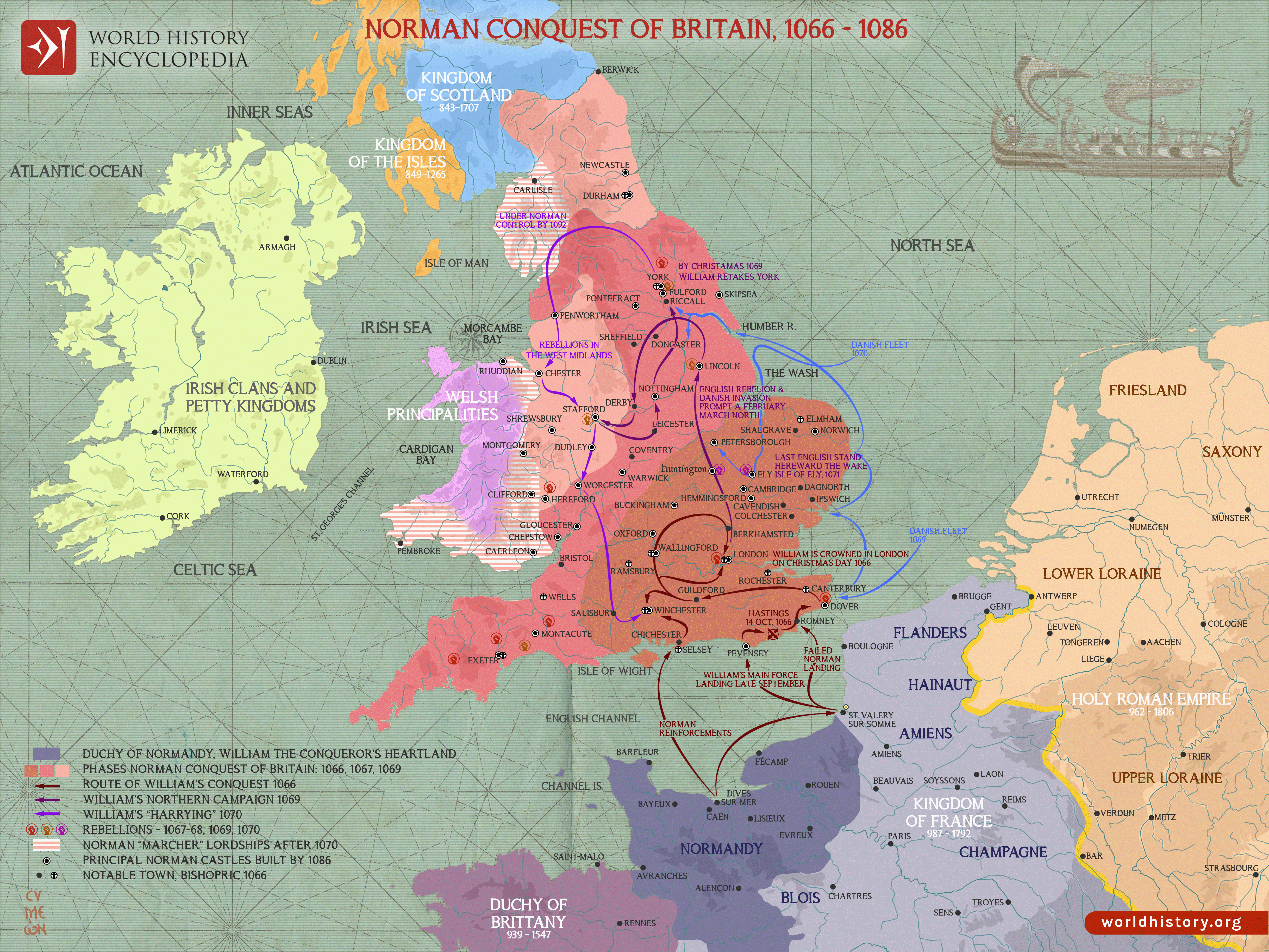
Autumn1
The last Roman soldiers left Britain by AD410. New people came to Britain in ships across the North Sea – the Anglo-Saxons. The Anglo-Saxon age in Britain was from around AD410 to 1066.
- The Anglo-Saxons were a mix of tribes from?Germany, Denmark and the Netherlands.
- The three biggest were the Angles, the Saxons and the Jutes.
- The land they settled in became known as 'Angle-land', or England.
- They brought Germanic languages and new customs and dress.
If we use the modern names for the countries they came from, the Saxons were German-Dutch, the Angles were Southern Danish, and the Jutes were Northern Danish. They arrived over a number of decades.
The children have enjoyed learning about who they were and how can we possibly know where they settled?
The children talked about the dark ages and why it was refer to that.
They looked at the following clues to locate the Saxons in time and place. Where did they come from and when?
Clue 1: More land for farming
Clue 2: Better climate
Clue 3. Saxon land flooded
Clue 4: There was not enough food
Clue 5: They thought they could easily win any battle now that the Romans had gone.
Clue 6: They were invited to come over to help fight against the Picts who had invaded from Ireland and Scotland after the Roman troops had withdrawn.
![IMG_6818[1].JPG](/uploads/378/images/IMG_6818[1].JPG)
![IMG_6818[1].JPG](/uploads/378/images/IMG_6818[1].JPG)
![IMG_6824[1].JPG](/uploads/378/images/IMG_6824[1].JPG)
![IMG_6828[1].JPG](/uploads/378/images/IMG_6828[1].JPG)
The children contiued looking at the local map and how much land has changed.
Monday 25th September
This week the children have been looking at Alfred The Great.

Alfred the Great was King of the West Saxons from 871 to 886, and King of the Anglo-Saxons from 886 until his death in 899. He was the youngest son of King Æthelwulf and his first wife Osburh, who both died when Alfred was young.
Alfred the Great (849-899) was the most famous of the Anglo-Saxon kings. Despite overwhelming odds he successfully defended his kingdom, Wessex, against the Vikings. He also introduced wide-ranging reforms including defence measures, reform of the law and of coinage.
The chidren worked in group and had plenty of discussion as to why he was The Great and also why he Wasn't The Great.
![IMG_7252[1].JPG](/uploads/378/images/IMG_7252[1].JPG)
![IMG_E7254[1].JPG](/uploads/378/images/IMG_E7254[1].JPG)
![IMG_7256[1].JPG](/uploads/378/images/IMG_7256[1].JPG)
![IMG_7252[1].JPG](/uploads/378/images/IMG_7252[1].JPG)
Please click on the BBCBitesize logo to learn more about Alfred The Great
The children continued their learning with finding out about The King of House Wessex, Edward the Confessor.
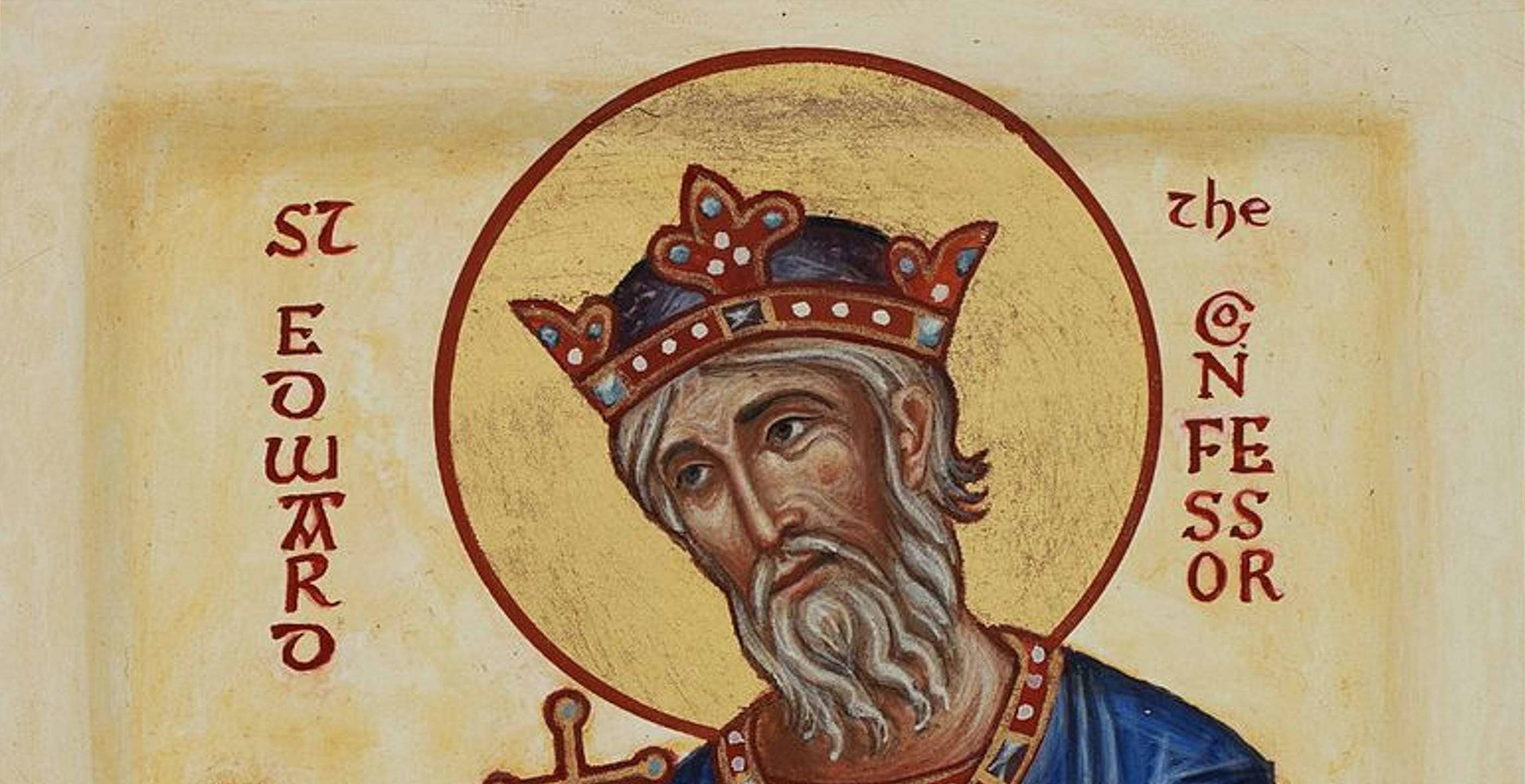
![IMG_0066[1].JPG](/uploads/378/images/IMG_0066[1].JPG)
![IMG_0067[1].JPG](/uploads/378/images/IMG_0067[1].JPG)

Edward the Confessor was an Anglo-Saxon English king and saint. Usually considered the last king of the House of Wessex, he ruled from 1042 until his death in 1066. Edward was the son of Æthelred the Unready and Emma of Normandy. He succeeded Cnut the Great's son – and his own half-brother.

This week, the children are looking at name and locate counties and cities of the United Kingdom, geographical regions.
Using the map below, they had fun locating places.

![IMG_0075[1].JPG](/uploads/378/images/IMG_0075[1].JPG)
![IMG_0074[1].JPG](/uploads/378/images/IMG_0074[1].JPG)
The children continued their learning by identifying local countries in the United Kingdom, Scotland and Ireland.
![IMG_0662[1].JPG](/uploads/378/images/IMG_0662[1].JPG)
![IMG_0661[1].JPG](/uploads/378/images/IMG_0661[1].JPG)
Spring 2
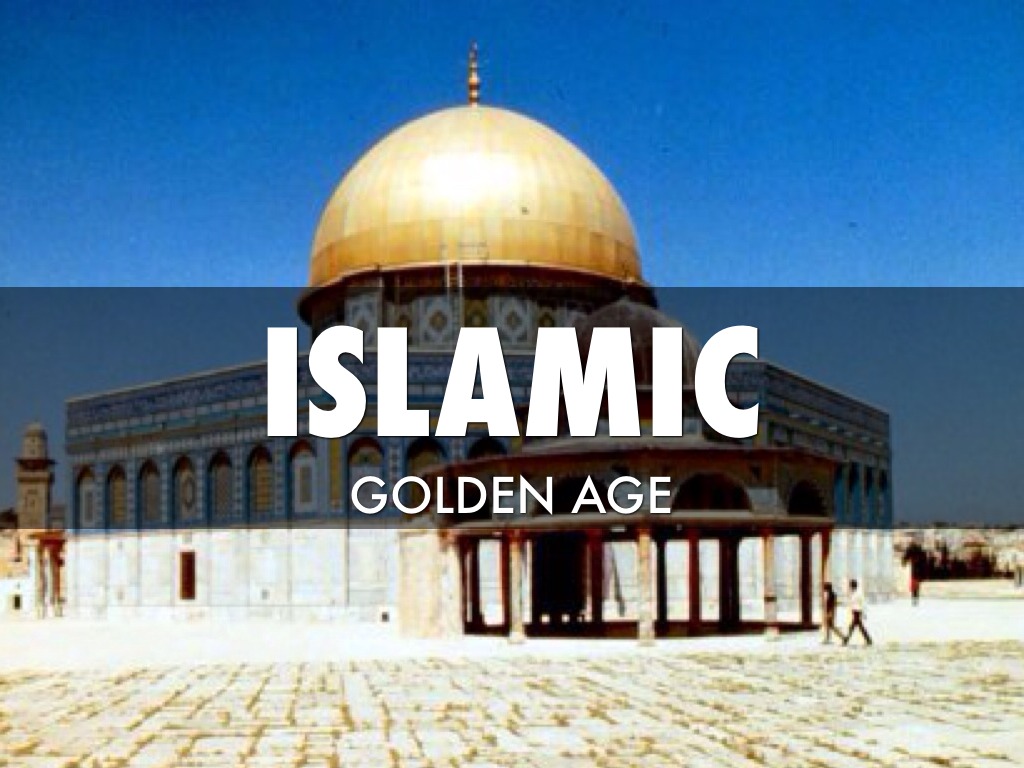
The Golden Age of Islam
This term, the children have been learning about Islam. They have been able to looking at different artifacts from the Early Islamic period.

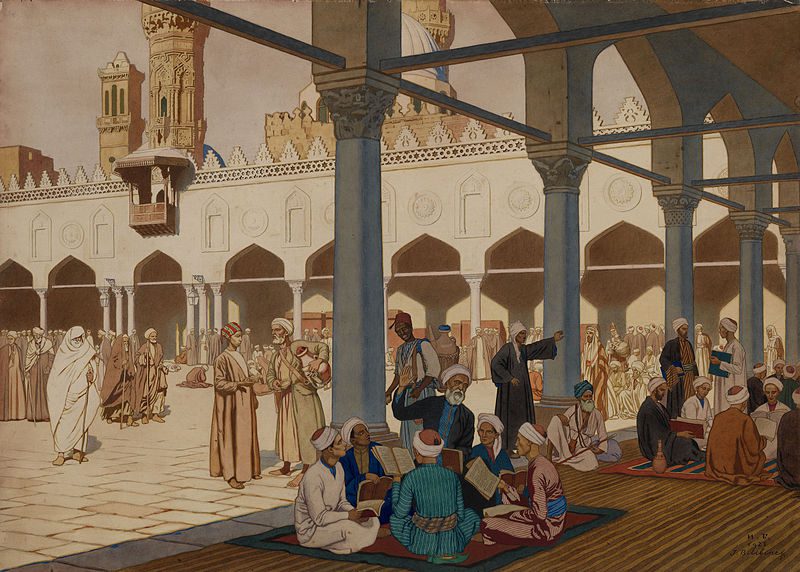


This term, the children have been learning all about Early Islamic Civilsation.
The children will be looking at the Islamic civilisation from CE 900 and work in groups to compare it to Western Europe using ancient and modern maps. They will do plenty of research the life of Prophet Muhammad ( PBUH), look at key events and explore reasons for the spread of Islam.
The Spread of Islam.

Just how amazing was everyday day life like for the rich in Islamic cities such as Baghdad and Cordoba?
Baghdad with its dazzling culture and its advanced ideas about science and medicine - thought to be the perfect city, but it was not the only Islamic city to impress visitors with is brilliance. There was also Cordoba in Spain.
This is the Corboda Mosque.
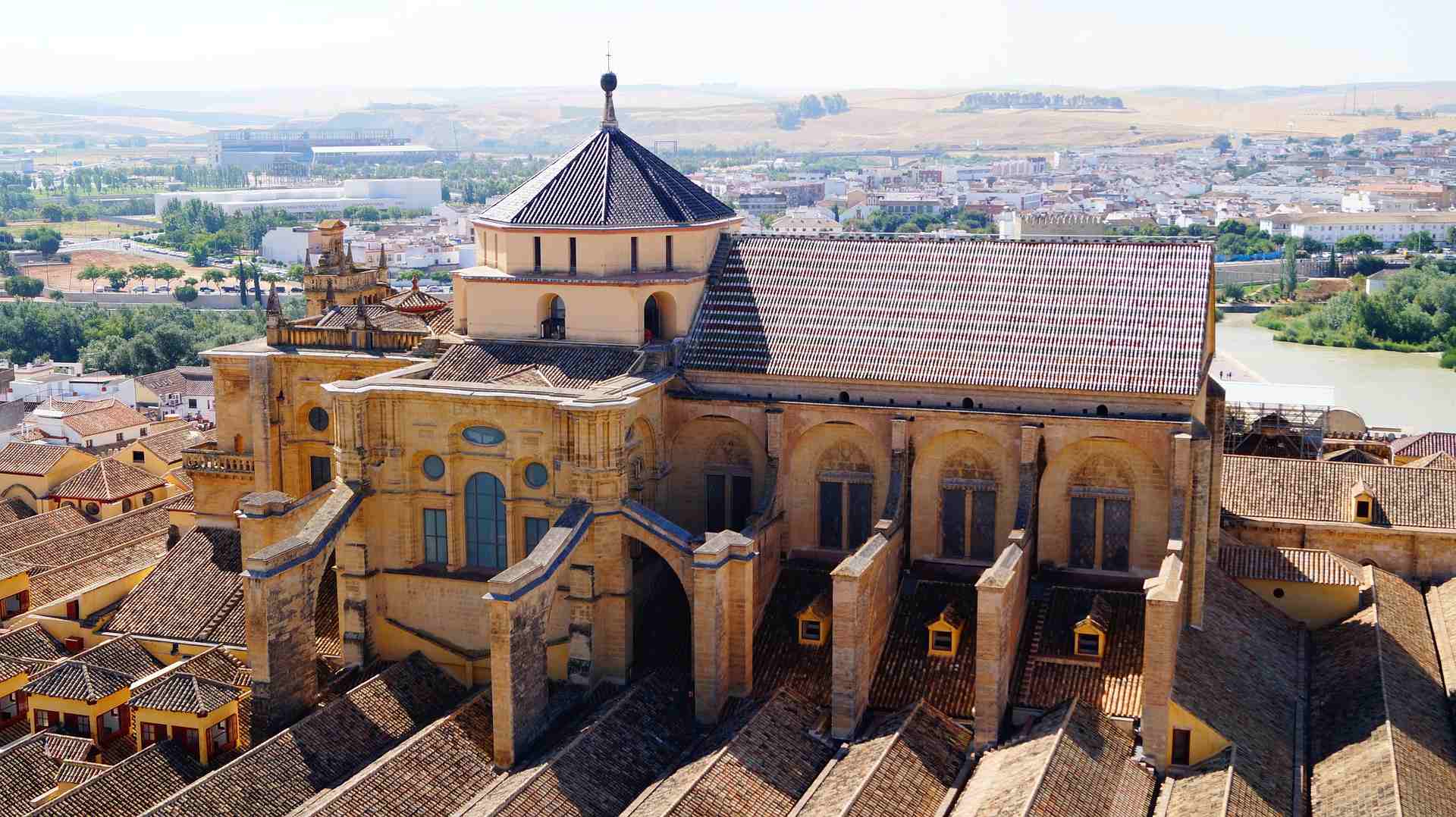
What do you think is special?
- It had over 1200 columns
- It could hold over 10,000 people
Corboda.
- Was bigger than Cairo in Egypt
- Richer than Rome.
- Over 80,000 shops.
- half a million inhabitants, living in 113,000 houses, (when London had just 10,000)
- 700 mosques and 300 public baths spread throughout the city and its twenty-one suburbs
- streets which were paved and even lit...
- had many bookshops and more than seventy libraries.
The streets of Corboda were:
- papermakers,
- glass makers,
- silkworm breeders,
- craftsmen working with wood, ivory, jade and leather and
- farmers bringing oranges, grapefruit, grapes and figs to market.
Leisure time for the rich.
Leisure time might also be spent listening to poets and story-tellers reciting their work. Lavish banquets gave rulers and courtiers an important opportunity to relax from the pressures of life. They played chess, watched snake charmers and visited barbers and masseurs.
The day to day life of a Muslim ruler was based around the court. Rulers spent much of their time receiving visitors and listening to their requests. Important meetings were held with those who helped run the government. Guests were often entertained with music. People sat on cushions on a rug on the floor, while listening to tales of Arabian Nights.
![IMG_7370[1].JPG](/uploads/378/images/IMG_7370[1].JPG)
![IMG_7373[1].JPG](/uploads/378/images/IMG_7373[1].JPG)
Summer 1

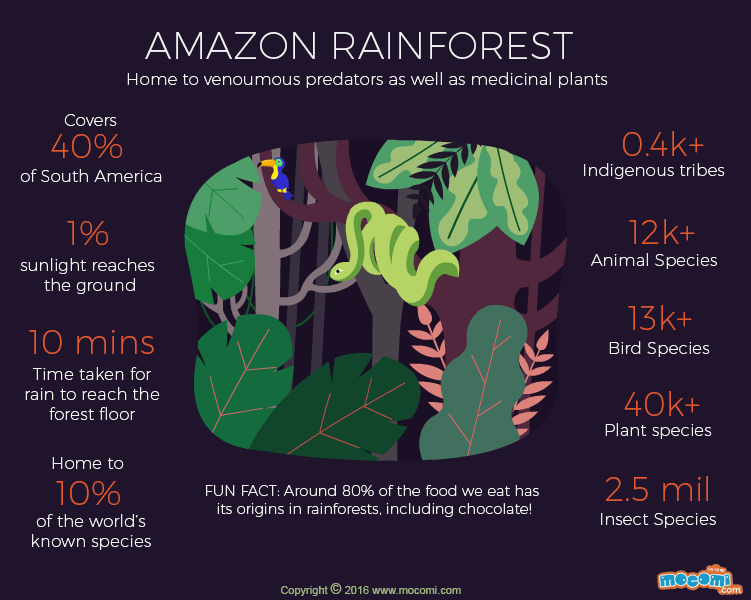
Look at the amazing footage of the rainforest.
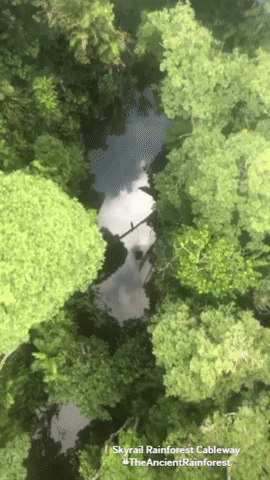






They have also looked at where is Brazil and what does the country have similarities to England.
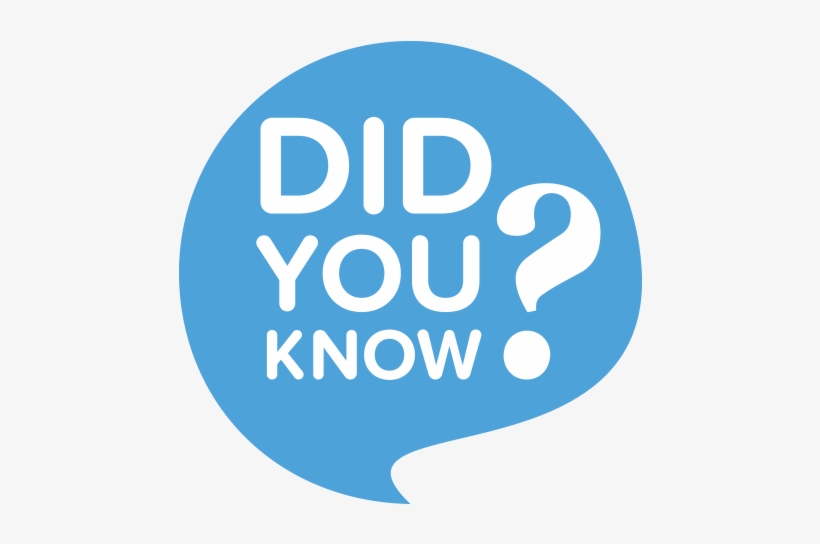

The Ancient Greeks
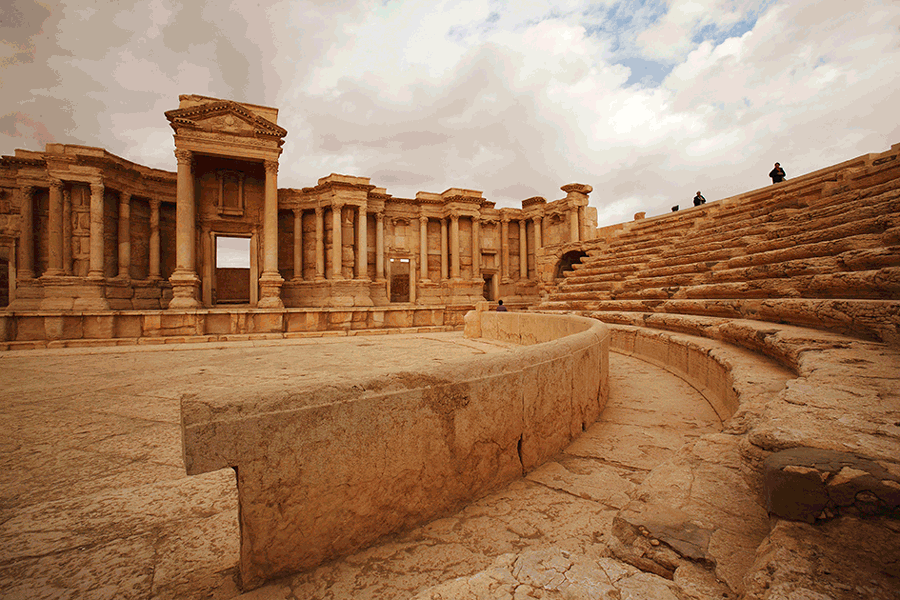
This week, the children are learning about the Grreks. The first Greeks, often called Mynians, were Indo-Europeans who probably migrated from regions just south of what is now Russia towards the end of the 4th millennium.
The first civilizations appeared in the Cyclades and then in Crete.
The 16th century BC saw the emergence of the Mycenaean civilization, named after the strongest state during this period: Mycenae.
During the 7th and 6th centuries BC, some Greek cities began to establish colonies and trading posts along the Mediterranean coastline, because they lacked sufficient arable land to feed their inhabitants and were keen to control maritime trade routes.
The principal areas were:
- Southern Italy and Sicily;
- The straits and coast of the Black Sea;
- The far western Mediterranean coast: Provence, Iberian peninsula, Corsica;
- And a few places on the African coast.
 Reedley Primary School
Reedley Primary School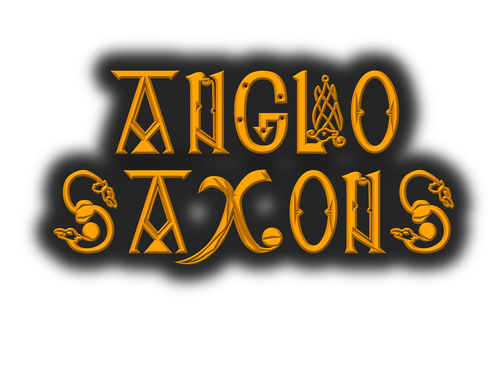
![IMG_6821[1].JPG](/uploads/378/images/IMG_6821[1].JPG)
![IMG_6827[1].JPG](/uploads/378/images/IMG_6827[1].JPG)
![IMG_E7253[1].JPG](/uploads/378/images/IMG_E7253[1].JPG)
![IMG_7250[1].JPG](/uploads/378/images/IMG_7250[1].JPG)

![IMG_0068[1].JPG](/uploads/378/images/IMG_0068[1].JPG)
![IMG_0073[1].JPG](/uploads/378/images/IMG_0073[1].JPG)
![IMG_0659[1].JPG](/uploads/378/images/IMG_0659[1].JPG)
![IMG_7371[1].JPG](/uploads/378/images/IMG_7371[1].JPG)
![IMG_7374[1].JPG](/uploads/378/images/IMG_7374[1].JPG)